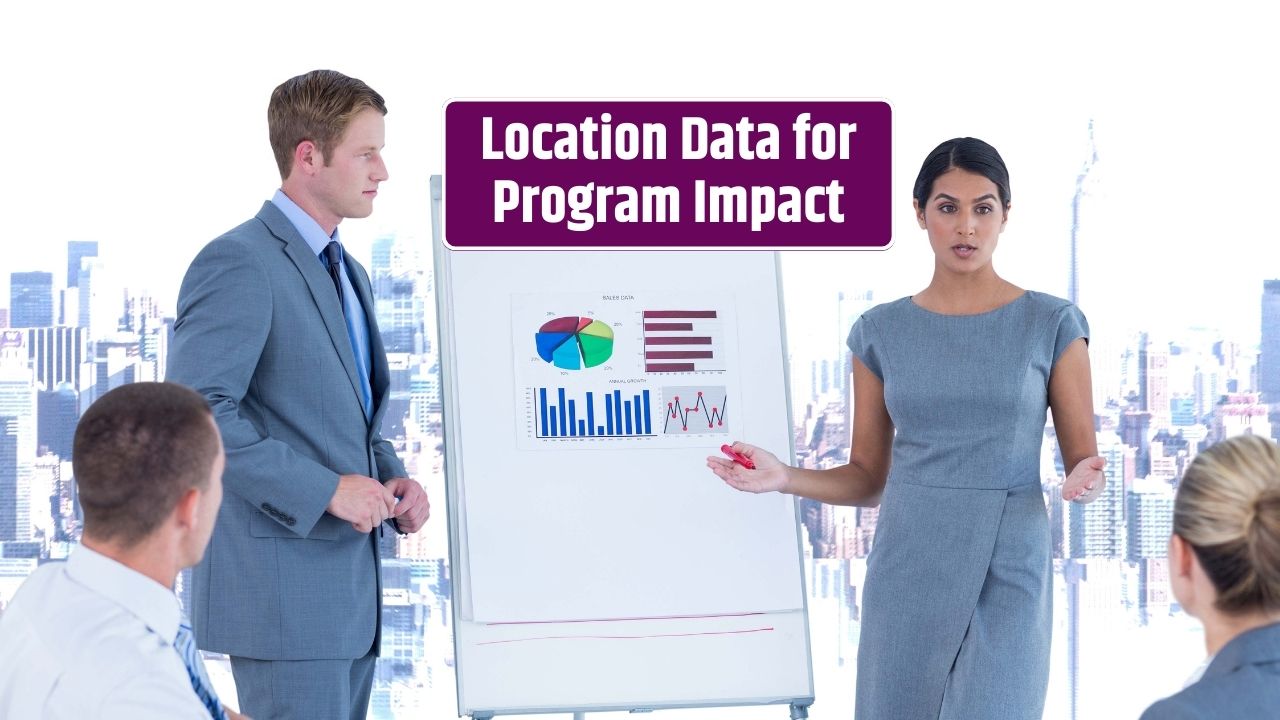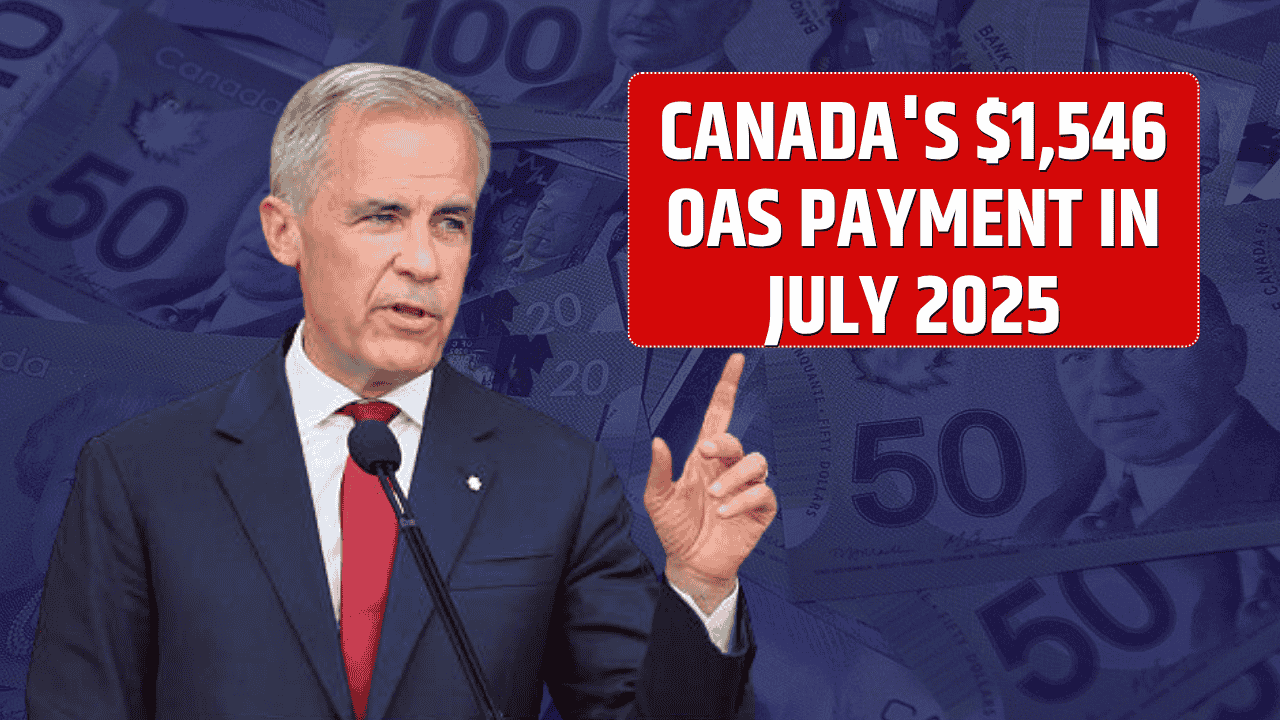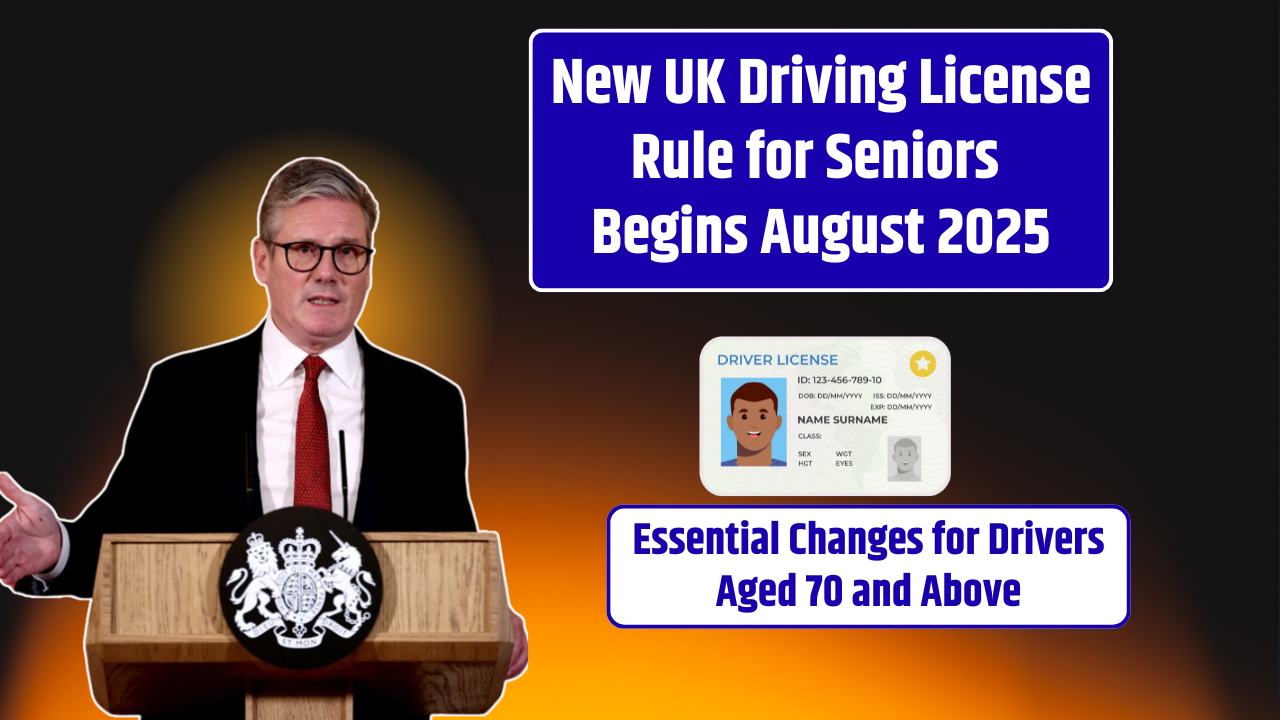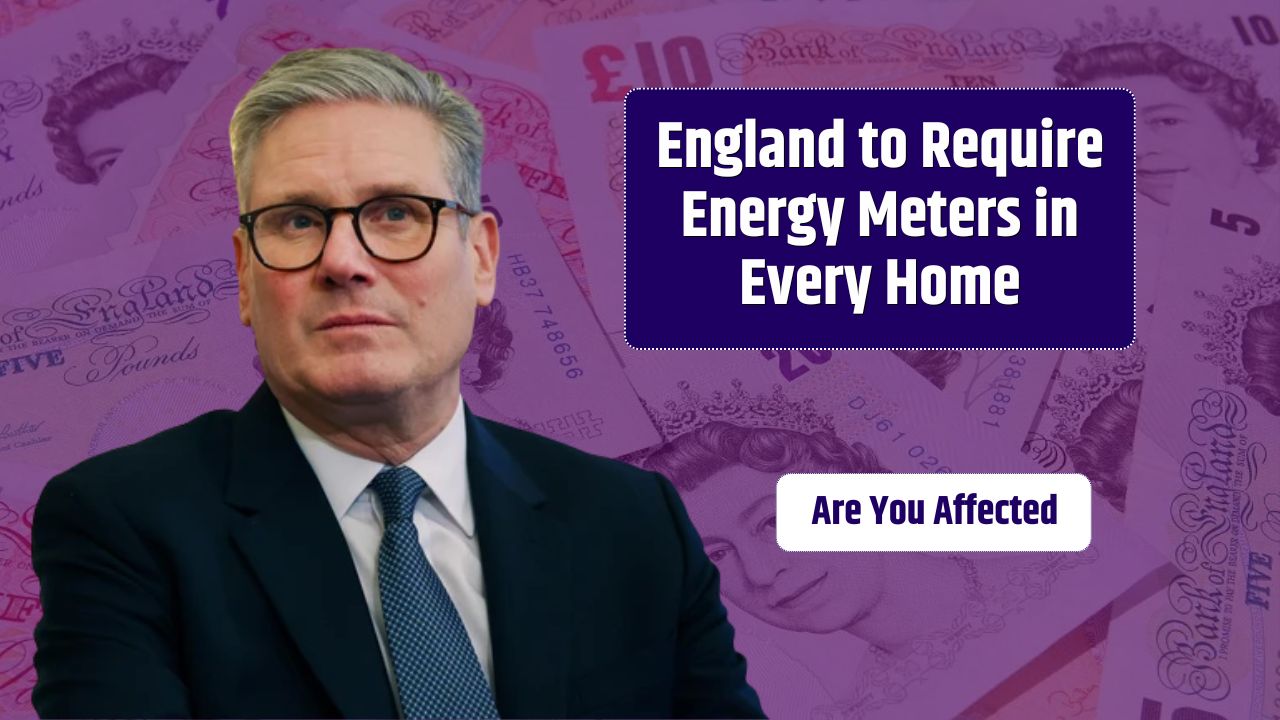Stakeholder engagement is a cornerstone of effective program evaluation—especially in the public and nonprofit sectors. When evaluations are designed and carried out with the involvement of those affected by or invested in a program, the results are more accurate, relevant, and likely to be used.
Engaging stakeholders—such as program participants, funders, implementers, and policymakers—ensures the evaluation process reflects real-world priorities and fosters transparency, trust, and shared accountability.
Table of Contents
What Is Stakeholder Engagement in Evaluation?
Stakeholder engagement refers to the intentional involvement of individuals or groups who have a vested interest in the program or its outcomes throughout the evaluation process. This may include:
- Program staff and leadership
- Beneficiaries or service users
- Government officials or funders
- Community leaders and advocates
- Partner organizations or contractors
Engagement can happen at any stage—from planning and design to data collection, analysis, and dissemination.
Why Stakeholder Engagement Matters
1. Improves Evaluation Relevance and Accuracy
Stakeholders bring valuable insights into how programs operate on the ground. Their perspectives help evaluators:
- Define meaningful evaluation questions
- Identify appropriate indicators of success
- Interpret findings within the right context
- Spot issues that external evaluators might miss
2. Enhances Buy-In and Use of Findings
When stakeholders are involved early and often, they are more likely to trust the process and use the results. This leads to stronger uptake of recommendations and smoother implementation of changes.
3. Promotes Transparency and Accountability
Engaging a diverse set of stakeholders creates space for multiple voices to be heard—particularly those of marginalized or underrepresented groups. This builds credibility and legitimacy for both the evaluation and the program.
4. Strengthens Equity and Inclusion
Stakeholder engagement ensures that evaluations are not only about programs, but also about people. It helps identify disparities in outcomes and promotes more equitable decision-making by including the voices of those most affected.
5. Supports Learning and Continuous Improvement
Engaged stakeholders are more likely to see evaluation as a learning opportunity rather than a judgment. This shifts the focus from compliance to growth, encouraging a culture of continuous improvement.
How to Engage Stakeholders Effectively
| Phase of Evaluation | Stakeholder Role |
|---|---|
| Planning & Design | Help define goals, questions, and success metrics |
| Data Collection | Offer input on tools, provide access, participate in surveys or interviews |
| Analysis | Interpret findings, offer context, validate insights |
| Reporting | Review drafts, suggest communication strategies for different audiences |
| Dissemination & Action | Share results within their networks, advocate for adoption of recommendations |
Key strategies for engagement include:
- Stakeholder advisory groups
- Public forums or town halls
- Focus groups and listening sessions
- Co-design or participatory evaluation methods
- Regular updates via newsletters or briefings
Challenges in Stakeholder Engagement
While stakeholder engagement offers many benefits, it also requires careful planning and management:
- Conflicting priorities among stakeholders may arise
- Power imbalances can silence some voices if not addressed intentionally
- Limited time and resources can constrain meaningful participation
- Tokenism—engagement that’s symbolic rather than substantive—can undermine trust
To address these, evaluators must create inclusive processes, be transparent about how input will be used, and remain neutral facilitators throughout.
Federal Standards and Best Practices
Federal evaluation guidelines (such as those from the Office of Management and Budget, OMB) emphasize stakeholder engagement as part of high-quality evaluation. Agencies are encouraged to:
- Include diverse voices, especially underrepresented communities
- Use plain language and accessible formats for reports and meetings
- Document engagement activities as part of the evaluation report
FAQs
Who are the most important stakeholders in an evaluation?
That depends on the program. Generally, include funders, program staff, and especially the people directly affected by the program.
How early should stakeholders be engaged?
Ideally, from the very beginning. Early engagement ensures the evaluation addresses the right questions.
What’s the risk of not involving stakeholders?
You may miss key insights, face resistance to findings, or produce a report that’s unused or ignored.
Is stakeholder engagement required by federal agencies?
While not always mandated, it’s strongly encouraged in federal evaluation guidelines and best practices.


























